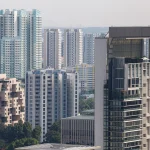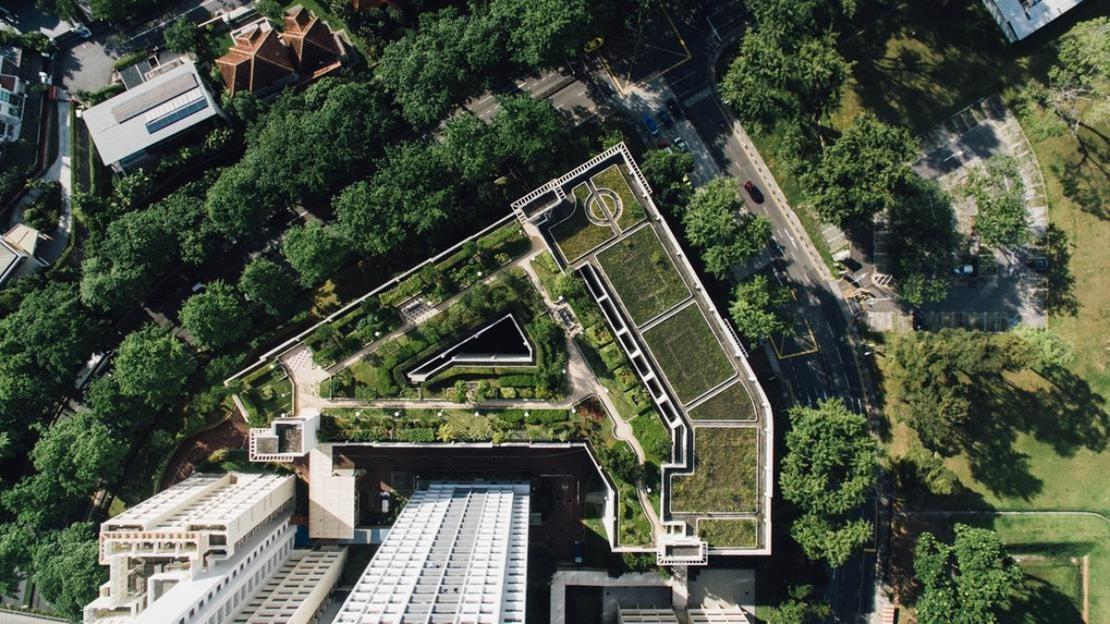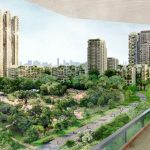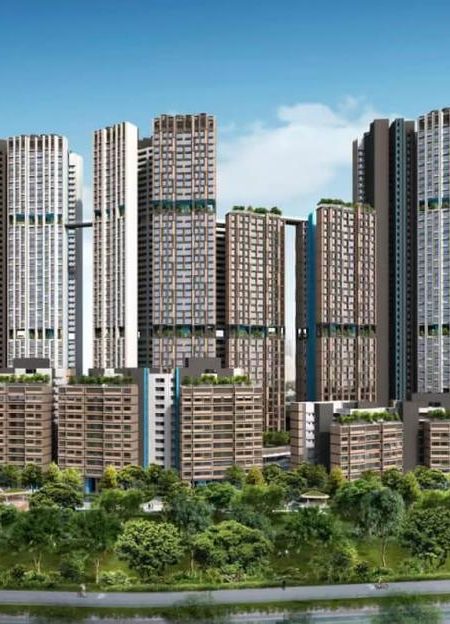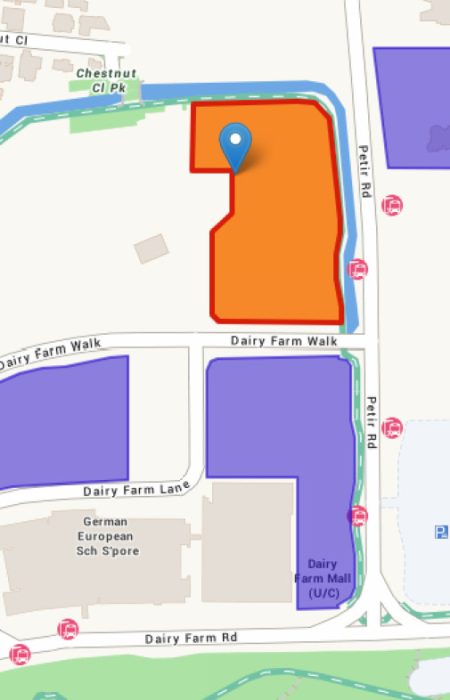Singapore’s Government Land Sales (GLS) programme continues to be a critical lever in managing land supply, housing affordability, and private residential development. In 2025, GLS trends show a mix of steady confirmed-list releases, expanded reserve-list options, policy caution, and a growing supply pipeline — all set against a backdrop of moderating price growth and tighter developer sentiment. Here’s a deep dive into the latest GLS trends, what they mean for buyers and developers, and what to watch.
1. GLS Supply Levels: High & Sustained
- In the second half of 2025 (2H2025), the Confirmed List under GLS is expected to yield 4,725 private residential units, including 990 Executive Condominium (EC) units. mnd.gov.sg+1
- Summed over full year 2025, the total private residential supply from GLS (Confirmed List + Reserve List) is projected to be about 9,800 units. mnd.gov.sg
- The Reserve List sites add another layer of optional supply (if demand and bids align) — about 4,475 units in 2H2025. mnd.gov.sg
- Looking back, 2024 saw one of the largest GLS supplies in recent years: over 11,000 private residential units announced under GLS — highest since 2013. Sg Home Investment+1
So, supply is being kept at a high level, which helps to moderate private housing price momentum. CBRE+1
2. Confirmed vs Reserve List: Strategic Balancing
- The Confirmed List includes sites that are definitely going up for tender at pre-announced dates. These are reliable new supply. For 2H2025, 10 confirmed sites are set to bring out ~4,725 units. mnd.gov.sg
- The Reserve List serves as a buffer. Sites there are activated only if market conditions are favourable — either sufficient developer interest or demand. This provides flexibility for the government to adjust supply depending on economic or market headwinds. The Straits Times+1
- Because of uncertain global economic conditions, there has been a slight trimming of supply on the Confirmed List (some sites deferred or reserved), but a compensatory increase in Reserve List capacity. The Straits Times+1
This gives both developers and the government room to adapt; it also helps avoid oversupply and speculative land price inflation.
3. Executive Condominiums (ECs) as Part of GLS
- EC units remain a notable part of the GLS supply mix. In 2H2025, 990 EC units are slated to come from two EC sites. mnd.gov.sg
- For full year 2025, the projected EC supply is about 2,000 units — the highest EC supply via GLS since 2014. mnd.gov.sg
ECs are an important affordable-private housing option, straddling between pure HDB and private condos. Their inclusion in GLS reflects policy goals to maintain broader housing affordability for middle income buyers.
4. Geographic Spread & Site Types
- The GLS sites are spread across various parts of Singapore to meet different demand pockets. This includes city fringe, suburban, and some nearer-central areas. mnd.gov.sg+2mnd.gov.sg+2
- There are also mixed-use or commercial components in some GLS sites, hotel/serviced apartment opportunities, and “White sites” (more flexible zoning) that allow for creative developments. mnd.gov.sg+1
- URA’s current GLS sites list includes parcels like Lentor Gardens, River Valley Green (Parcel B), Bayshore Road, Media Circle (Parcels A & B) etc., reflecting a mix of prime and fringe locations. Urban Redevelopment Authority
This diversity of location and use helps accommodate various buyer segments and mitigates concentration risk (i.e. placing too much reliance on one region).
5. Policy & Market Reaction: Moderation & Caution
- Because of economic headwinds (global inflation, interest rate uncertainties), developers are more cautious. Some GLS tenders see fewer bidders or more conservative bids. The Straits Times
- The government has slightly trimmed confirmed list supply (-6.1%) in 2H2025 compared to earlier plans to reflect sluggish uptake in some private housing segments. The Straits Times+1
- Market watchers see the Reserve List as a tool to provide optional additional supply but in a controlled manner. If demand weakens, not all reserve sites may be activated. The Straits Times+1
So GLS is not just about pushing out land; it's also about sensing market conditions and avoiding instability.
6. Impacts on Private Housing Market
- Moderation of Price Growth: Because GLS is feeding more land and upcoming supply, it helps cool speculative pressure and slow down sharp price increases. mnd.gov.sg+1
- More Options for Buyers & Developers: High land costs have been one of the constraints in housing development. More GLS sites mean more development potential, which gives developers options on project location, size, product type. Buyers may get better choices and perhaps more competitive pricing or promotions.
- ECs & Affordability: With ECs included, middle-income buyers have more affordable private housing options. This helps relieve some pressure from both the HDB resale market and pure private condo launch prices.
- Risk of Oversupply / Unsold Inventory: There is always the risk that if too many sites launch around the same time, some projects may have delayed sales or lower take-up. Developers need to be more prudent with pricing and offerings. The government via GLS reserve list helps manage that risk.
7. What to Watch Going Forward
- Tender Results & Land Price Benchmarks: How developers bid on upcoming GLS sites (especially prime or city fringe ones) will set benchmarks for future launch pricing. If land prices spike, that will affect condo selling prices.
- Activation of Reserve Lists: Which reserve sites get activated will signal confidence in the market. If many remain unactivated, that suggests cautious sentiment among developers.
- Interest Rates & Financing Costs: If mortgage or funding costs rise significantly, that could reduce demand and affect the viability of new developments on GLS sites.
- Regulatory Policies / Cooling Measures: Any new cooling measures, changes in ABSD, LTV or other housing finance rules may influence developer risk and land bid pricing.
- Upcoming Infrastructure Development: New MRT lines, amenity developments, zoning changes near GLS sites will increase attractiveness of certain parcels and may shift buyer preferences.
Conclusion
Government Land Sales in 2025 are playing a pivotal role in stabilising Singapore’s private housing market. With a high and steady supply planned, a balanced mix of confirmed and reserve sites, and inclusion of ECs and varied locations, GLS is helping ensure that housing demand can be met without letting prices run away unchecked.
For developers, GLS offers both opportunity and risk — selecting the right sites, timing, and pricing strategy will matter more than ever. For homebuyers and investors, GLS trends mean more supply ahead, potentially more options, and possibly less overheated pricing.



